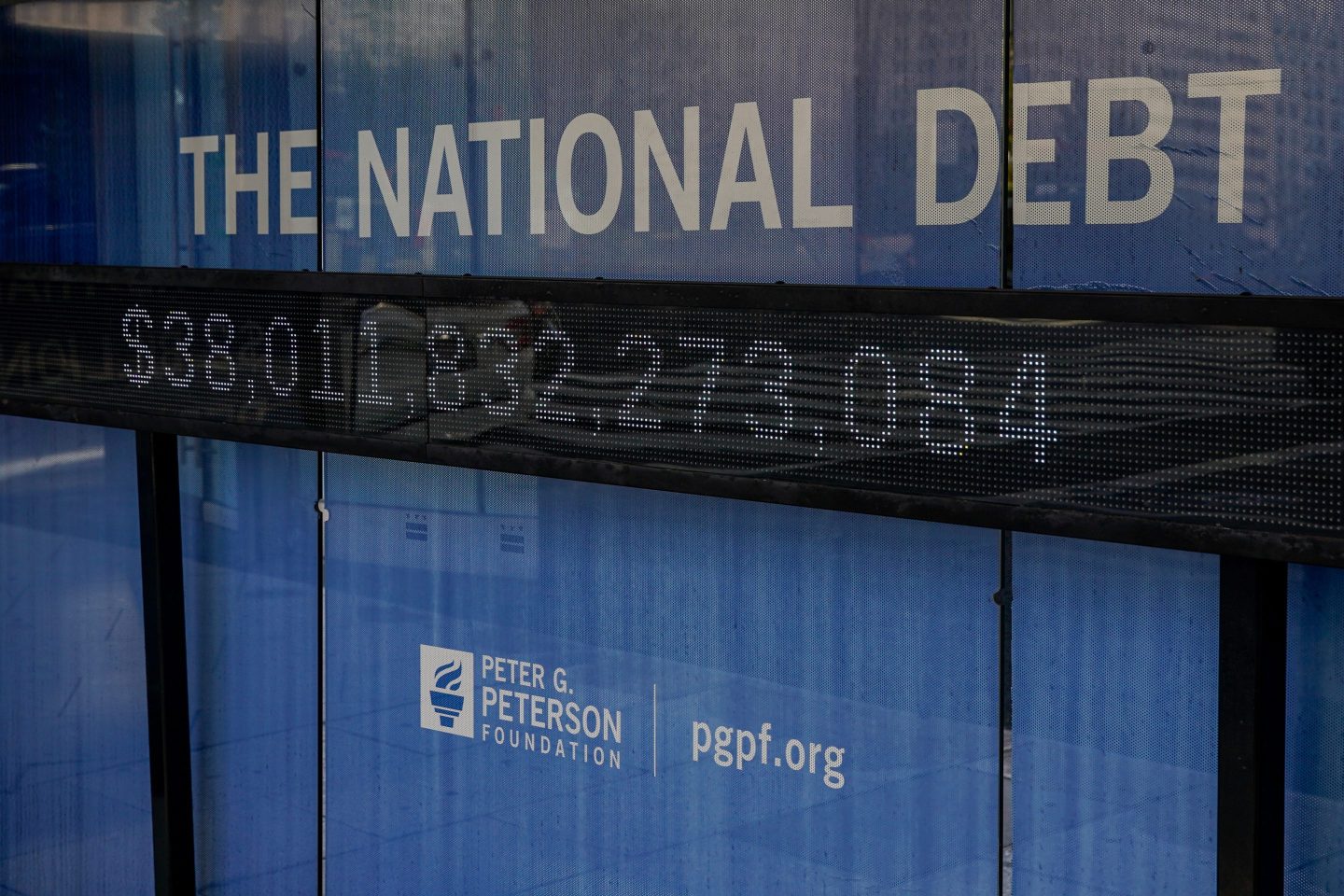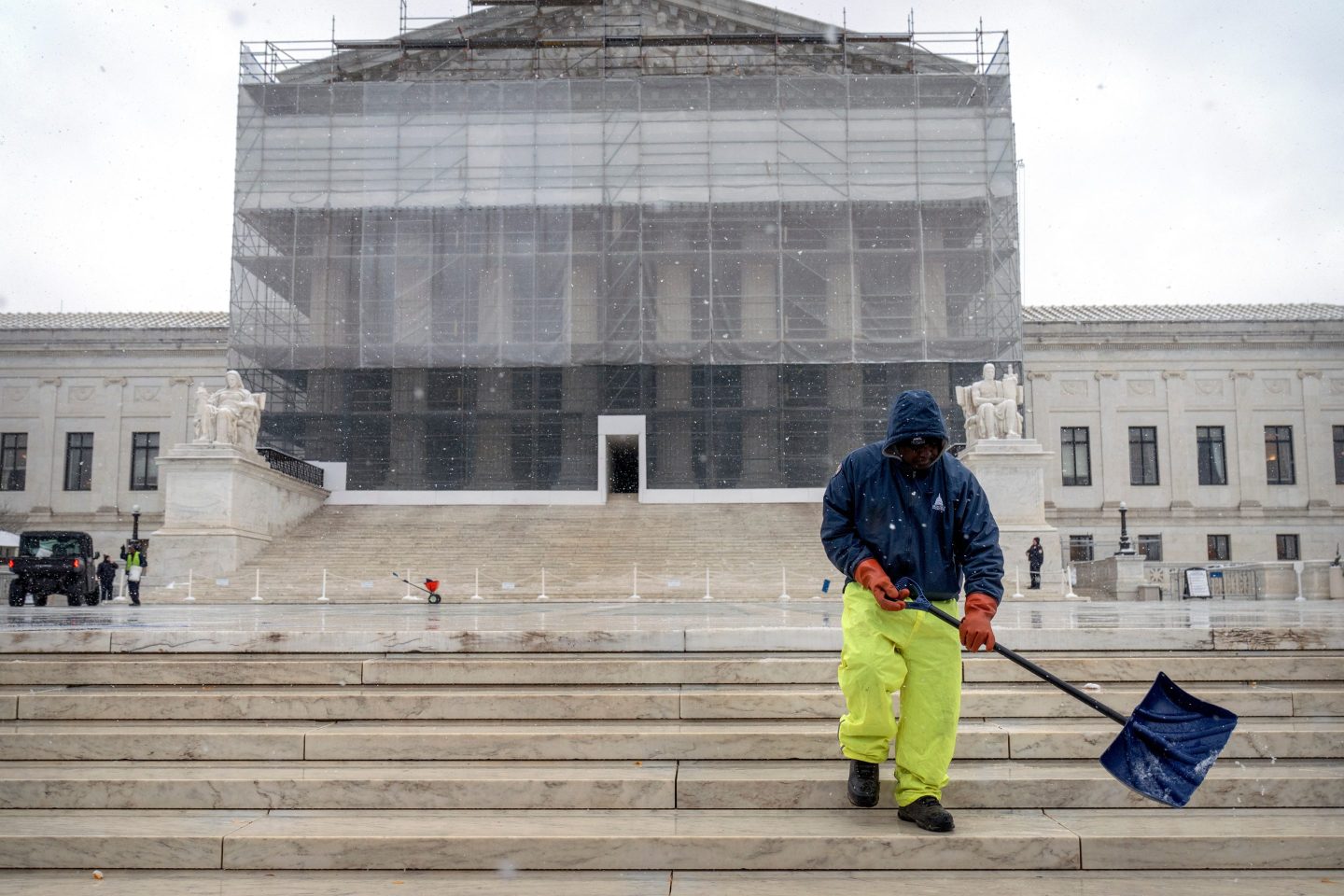There will never be another flash crash — at least, not quite like the one last month.
That’s the hope of the Securities and Exchange Commission, which said Thursday it will institute circuit breakers that will halt trading in individual stocks after they fall 10% in five minutes.

The move comes in the wake of the May 6 fiasco in which the shares of some companies, notably Accenture , fell from $40 and change to a penny in a period of minutes as computer-driven trading went haywire.
“The May 6 market disruption illustrated a sudden, but temporary, breakdown in the market’s price setting function when a number of stocks and ETFs were executed at clearly irrational prices,” said SEC Chairman Mary Schapiro. “By establishing a set of circuit breakers that uniformly pauses trading in a given security across all venues, these new rules will ensure that all markets pause simultaneously and provide time for buyers and sellers to trade at rational prices.”
Schapiro said the SEC expects the exchanges and the industry’s self-regulator, the Financial Industry Regulatory Authority, to start putting the rules in place tomorrow.
The rules will initially apply to stocks in the big-cap S&P 500 index. The pilot program will last through Dec. 10. The SEC said it hopes to expand the program, with appropriate adjustments, beyond the S&P “as soon as practicable.”
The agency also said it will continue to study related issues, such as the risks of market orders, the impact of different trading protocols at various exchanges, and how to promote greater consistency across markets.
Joe Saluzzi of Themis Trading says Thursday’s order shows the SEC “is doing the right thing,” but adds that there is much ground for the SEC to cover.
Saluzzi notes, for instance, that the SEC has been studying but is yet to ban so-called flash orders, which give some traders early access to order flow information, and other abusive practices.
Beyond that, he says a thornier problem looms: the profits first, investors second mindset of big stock exchange operators such as the NYSE and Nasdaq .
He says they compete for profits at the expense of investors — a reality that hasn’t changed since last month. Different rules in various venues will lead to more confusion and less investor confidence, he charges.
Saluzzi notes Nasdaq’s decision last week to roll out a trade-protection product called the Nasdaq Volatility Guard, which the exchange bills as boosting transparency and fairness.
He questions the value of the move if other exchanges remain out of step.
“The big problem is a lack of coordination among the exchanges,” Saluzzi said. “These guys are proving they can’t play in the same sandbox.”











